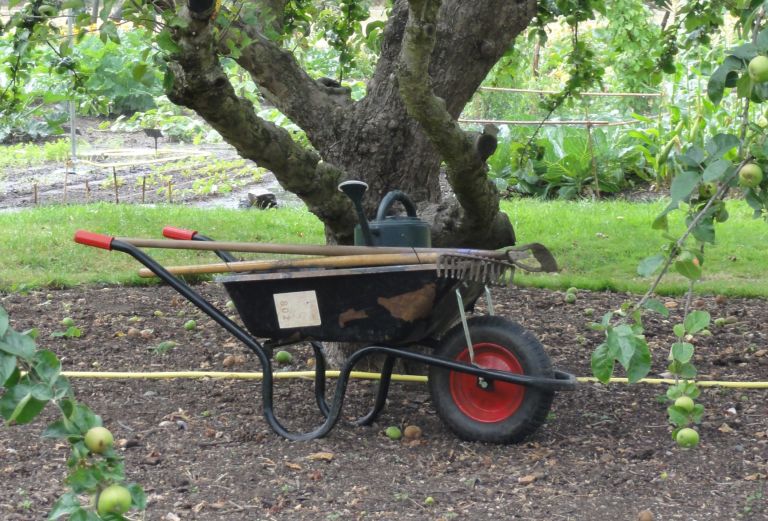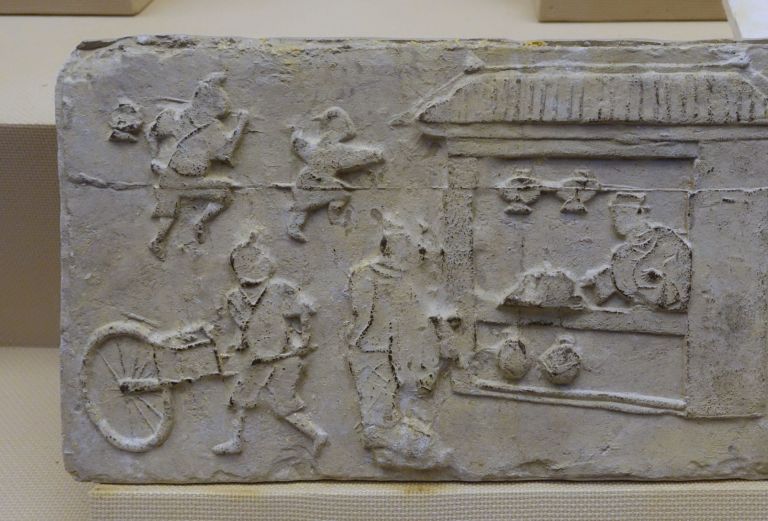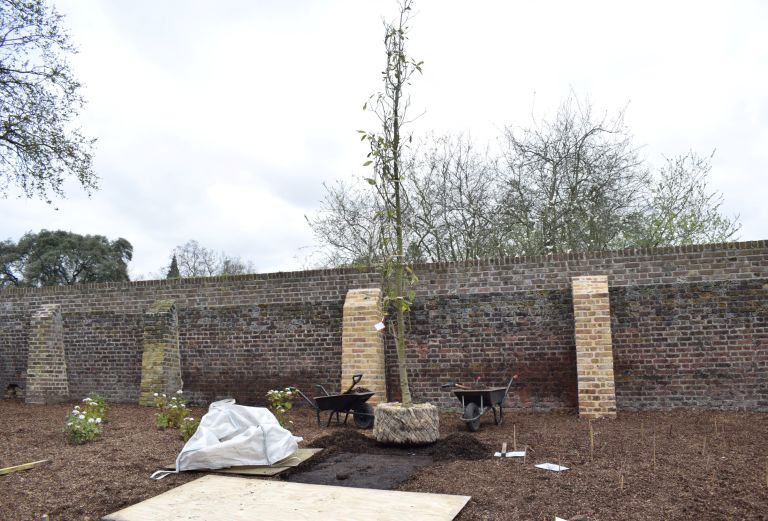
By Jamie Atwell, garden volunteer
The re-opening of the garden at Fulham Palace (hurrah!) means that once again we can all enjoy this magical place. For us garden volunteers we can now get back to doing what we love – playing a small part in helping to tend and care for the second oldest botanical garden in London.
During lockdown, head gardener Lucy Hart and her full-time professional team worked incredibly hard to keep everything on an even keel during one of the busiest periods in the horticultural year. It is to their great credit that the garden looks as impressive as it does (though there are still plenty of tasks for us volunteers to get on with now that we are allowed back on site)!
During the period of lockdown, and whilst pining for the garden at Fulham Palace, I started musing (as one does) on the tools that all gardeners use on a regular basis. This led me to carry out some research into one particular item that is very much taken for granted, yet is an essential bit of kit. This led to the surprising discovery that there is a link between Chartres Cathedral and a wooden ox.
That link is none other than the humble wheelbarrow.

We must go back a bit.
We don’t know when for certain, but we do know that the wheelbarrow was first invented by the Chinese. Credit is often given to a shadowy figure called Ko Yu, who appears in records in the first century BC. To come up with a device that combines the benefits of the wheel and the lever was undoubtedly a work of genius. With a wheelbarrow’s load centred just behind the wheel, it does not require much effort to transport a significant load. So pleased were the Chinese with the invention that they tried to keep it a secret – calling it, among other code names, the ‘wooden ox’.
We in the West were not quite so quick to cotton on to such a clever idea. The first known record of a wheelbarrow in Europe does not appear until the thirteenth century. Rather than being documented, it is to be found in a stained glass window at Chartres Cathedral, dated at around 1220.

Coming back to the present day and to the garden at Fulham Palace, you will see wheelbarrows in constant use – transporting clippings to the compost bins, carrying a vast array of other tools for work on the remoter parts of the garden and so on. One of its most important roles is that of helping to move flowers and produce to the barrow in the walled garden where we all have the opportunity to buy home-grown offerings pulled directly out of the Fulham Palace soil.
The walled garden barrow is open for sales from 11.00-15.00 on Tuesday, Wednesday, Thursday and Saturday. Sale proceeds are all ploughed back into the garden so it is a wonderful way of acquiring delicious vegetables and stunning plants as well as supporting Fulham Palace Trust and its magnificent garden during this difficult time.
